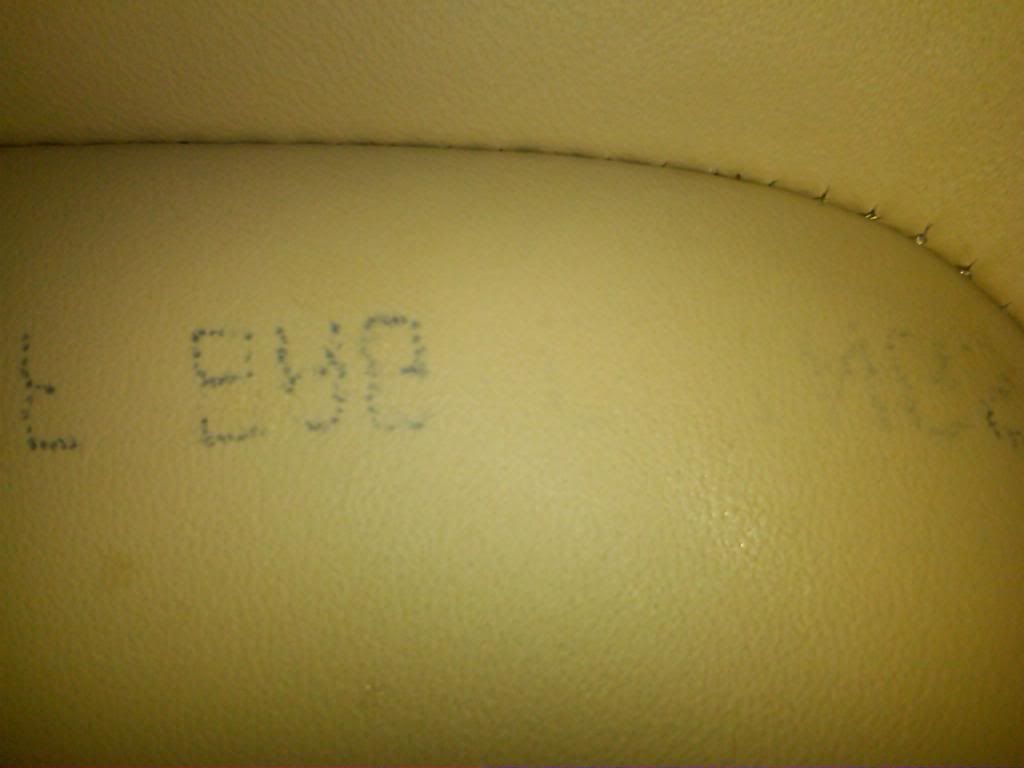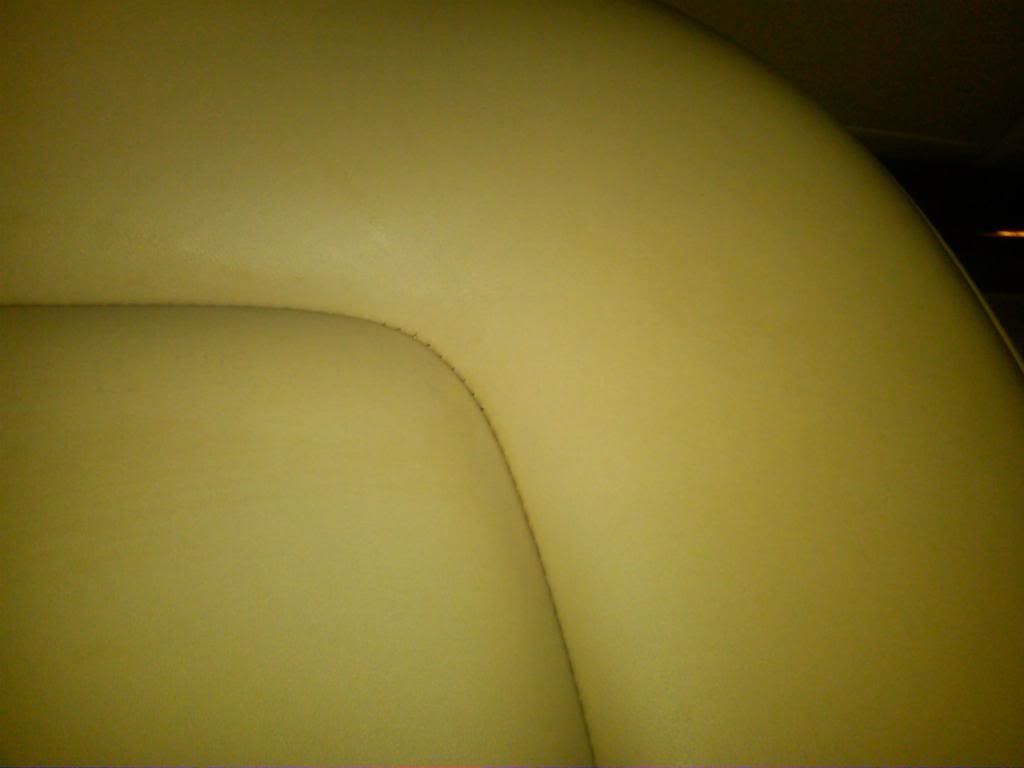I have coated beige leather in my new car.
I had put Aerospace 303 on the seats and armrest, headrest.
I was told the 303 is not the best product for it that it will stop hydration, stiff seats etc.
I bought the leather master cream, after my research this is a better product in many ways.
I would like to remove the 303 without any harsh detergent, the seats do not need cleaning right now,
Is a wipe down with wet MF towel good enough prep for it? Since the 303 is water based.
I had put Aerospace 303 on the seats and armrest, headrest.
I was told the 303 is not the best product for it that it will stop hydration, stiff seats etc.
I bought the leather master cream, after my research this is a better product in many ways.
I would like to remove the 303 without any harsh detergent, the seats do not need cleaning right now,
Is a wipe down with wet MF towel good enough prep for it? Since the 303 is water based.



